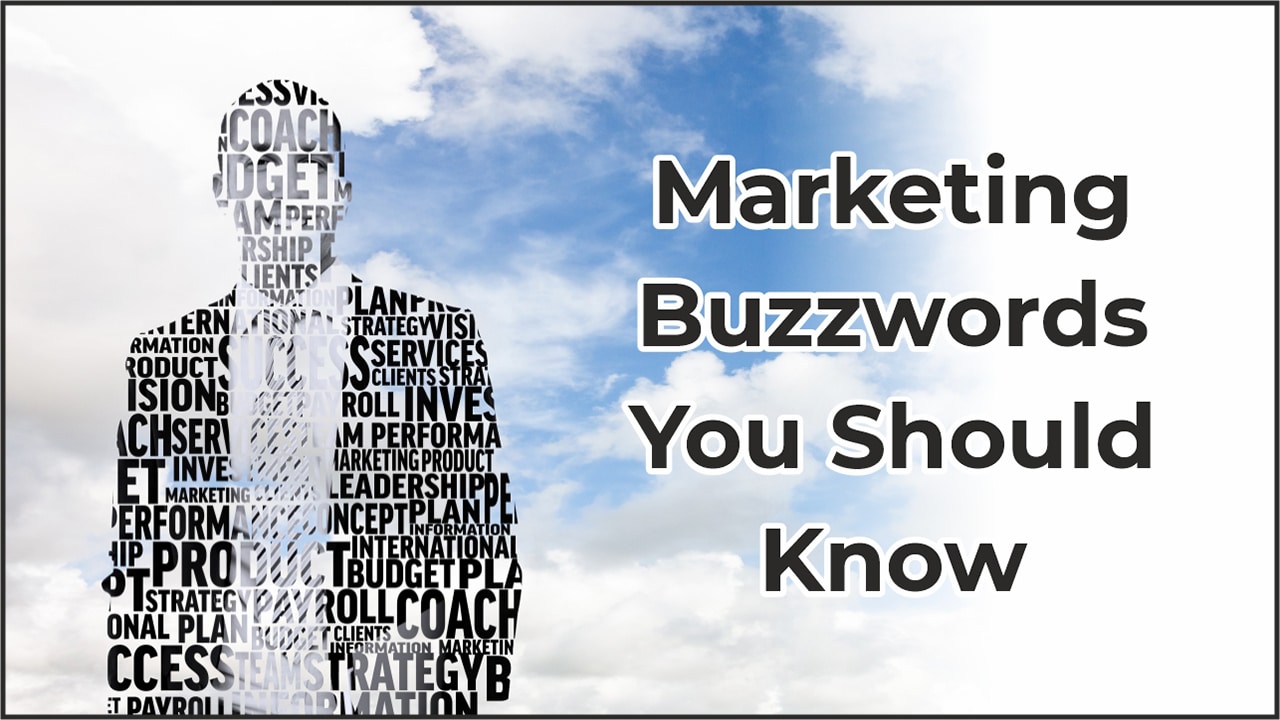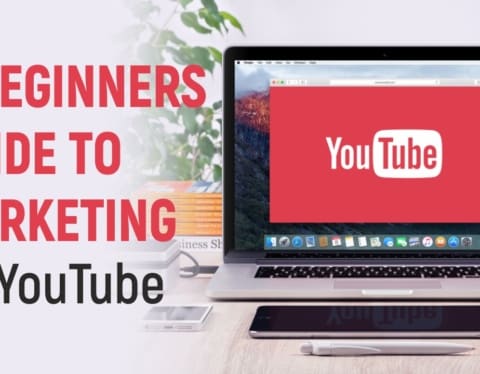Every industry has its own jargon. Phrases and words unique to them. In this video, I’d like to share a few buzzwords you’ll hear from ad, marketing & media people.
Prefer to read? Just scroll past the video.
Every industry has its own jargon. Phrases and words unique to them. In this video, I’d like to share a few buzzwords you’ll hear from ad, marketing & media people; what they mean and how they relate to the success of your business.
Up first – Your USP – or Unique Selling Proposition. This term was coined decades ago and is still relevant. Creating your USP is arguably the most important element in your campaign. Your USP is simply this: What is truly different or unique about you? What sets you apart from all of your competitors? Your USP needs to be different and offer real meaning to customers. That’s why it’s unique. Work hard on developing this one and it will serve you well.
Next up – TOMA – or Top of Mind Awareness: This one is a real favorite amongst your friendly media sales reps. Top of mind awareness is achieved when you own the space that your product or service occupies within your potential customers mind. Your goal must be to create an awareness of who you are and what you offer, and why you are the best choice. So, when your prospect is ready to buy, they will immediately think of you. How do you achieve TOMA? The best way is to stay in touch. If you don’t constantly remind people who you are, what you have to offer and why they should choose you, they will forget. Be fun, different, creative, informative and most important, be consistent.
Ready to head to math class?
Let’s talk Cost Efficiency: Cost efficiency relates to the cost of buying your schedule and is used to see which campaign option is more efficient. The goal is to buy your ad schedule as efficiently as possible. How does this work? Once you’ve established your budget and your desired audience, your media sales rep will generate a suggested schedule. The campaign option that provides the greatest amount of reach and frequency for the lowest cost is more efficient. And the one you should invest in.
Cost Per Thousand (or CPM): This simply refers to what it will cost you to reach 1,000 people. And heads up – this one is NOT a favorite of your friendly media sales rep. If you’re trying to decide between different advertising mediums, this is the measurement tool to use. CPM can be used with digital ads, paid social media, radio, TV, print, direct mail, pretty much everything out there.
And last up – Share of Voice: SOV refers to how many ads you have purchased in relation to all of your competitors. When is SOV important? If you’re in a highly competitive and heavily advertised industry, you’ll need a greater SOV. Here’s a very simplistic example: If your business category as a whole buys 1,000 ads per week of which, 100 of those are yours, your SOV is 10%. And the greater your share of voice is, the better your top of mind awareness will be.
And just in case you haven’t guessed, this one is another favorite your media rep will like to talk about.
As you develop your ad campaign, the most important term you need to consider is WHY. Why will consumers put you on their shopping list? Why will they care? Why will they give you their time and money?
Answer the WHY questions, develop your message, and the rest will fall into place.
Thanks for watching this video. I hope you found this helpful as you go to work to work building a better campaign..




